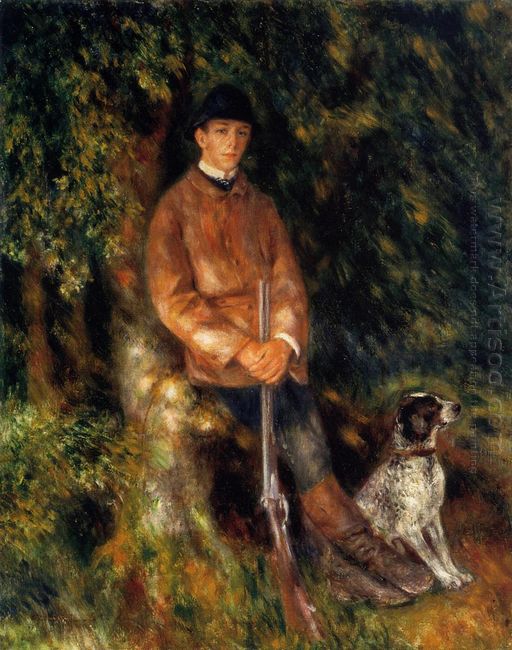The line does not exist in the nature. When children use the color strokes to paint the villain, he is making the abstract art creation, because the line is abstracted from the image, or more precisely by adding the image in the eyes. When people want to describe things, they always tend to interpret the nature in form of lines, which seems to be the human nature. Prehistoric cave people, aborigines in Africa and Australia, Indians before Columbia discovered the new world, the original human adults as well as children perform the world by using the lines.
Pure lines are the typical elements of sketch, so one might consider the articles in painting tutorial should not include the content of lines. But for the technique, pencil, pen, oil pen and drawing knife have the same characteristics, any of which rule more or less could also apply to other tools. Many masters show some effect in one way or another with lines. In fact, the line is one of the basic elements in painting. The painter excels at using the lines regardless of the other, who also can become the master: Ingres and Paul Klee are two typical masters.
The expressive force of lines
Drawing technique is what the painter uses lines. People who study the handwriting learn to judge a person’s character and emotion through a word. This also applies to the painting. The drawing can reveal the painter’s emotion and personality, and attempting to disguise them is not an easy task. The painter should learn to use the pure lines to show his mind. The masters attach great importance to this. In order to test your ability to express the emotion, I suggest you use a pen, and the soft tipped pen is the best to draw some lines on the paper and respectively show these feelings: anger, jealousy, hatred, anger, despair and serenity. Show these lines to your friends and look whether they can feel the emotion that each line shows. If you do have the feeling when drawing these lines, then the lines will be more convincing, because the mood and emotional expression lines are not easy to forge.
Chinese philosopher first discovered that the painter’s emotion and personality will be revealed imperceptibly in the painting. Until the 17th and 20th century, the West also appeared the similar theory. So I emphasize the importance of drawing here not aiming to show the difference. The drawing technique can also be used to represent object. So, for the performance of running horse, of course, using the fearful and quick strokes is the most appropriate. Many masters, especially those in the 17th century, seriously studied the expressive force of drawing
The lines representing the texture
Another effect of lines is the performance of texture. For example, in the paintings of Renoir, the women’s face is often deliberately softened, even fuzzier than the cat’s nap. The reason why Renoir used this line was not only to show the women’s skin texture, but also expressed his feelings: soft, warm and delicate. He was using the lines to convey such feeling.

The lines representing the rhythm
The line also has an important role that you should know, that is the manifestation of the rhythm. Line marks the boundaries of space and also marks the time demarcation. In other words, when your eyes move from one place to another place, segmentation of regional lines controls your sight. If there are a lot of lines, the pace will slow down. On the contrary, it will be faster when the sight gazes over a flat color gamut. The artist can control the speed by using the expression methods of this rhythm to enhance the excitement of the vision.
The famous German painter Paul Klee said “go for a walk with lines, which illustrates an important aspect of the lines. The line can be an independent factor of drawing and has its own life, style, and personality. If you can handle it, then you have the most competent tamed slave.